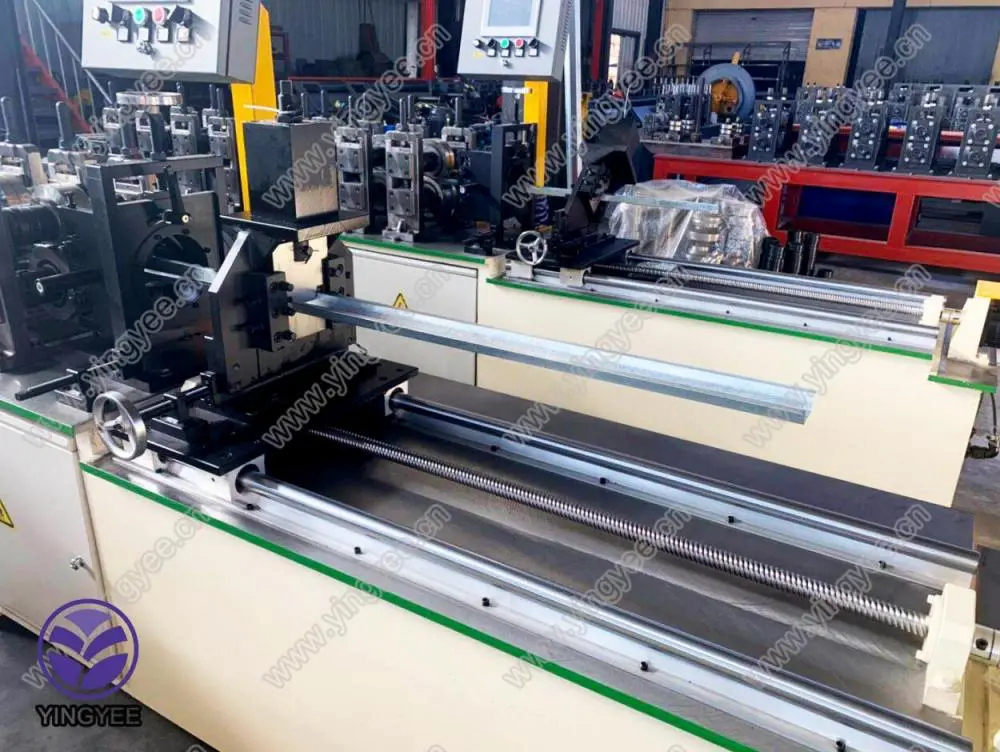
The Importance of Door Frame Bending Machines in Modern Manufacturing
In today's fast-paced manufacturing environment, efficiency and precision are paramount. Among the various machines utilized in production lines, the door frame bending machine plays a crucial role, particularly in the fabrication of high-quality door frames. This specialized equipment is designed to bend and shape materials such as steel, aluminum, and even wood composites, ensuring that they meet the exact specifications required for modern architectural designs.
The primary advantage of a door frame bending machine is its ability to produce consistent results while significantly reducing labor costs. Traditional methods of bending door frames often involve manual labor, which can be time-consuming and prone to human error. With the introduction of automated bending machines, manufacturers can now achieve higher levels of accuracy and repeatability. This precision is vital not only for aesthetic purposes but also for ensuring structural integrity and durability of the end product.
Another noteworthy benefit of door frame bending machines is their versatility. These machines can be programmed to perform a range of bending angles and profiles, accommodating different design requirements. Whether producing simple rectangular frames or more complex shapes, a well-designed bending machine can adapt to various production needs, thus enhancing the operational flexibility of manufacturing plants. This adaptability allows manufacturers to respond swiftly to market demands and custom orders without the need for extensive retooling.

Moreover, advancements in technology have led to the integration of computer numerical control (CNC) systems in many door frame bending machines. CNC technology enables the automation of both the bending process and the design interface, allowing operators to create intricate patterns and adjustments with ease. This shift not only streamlines production but also opens up new possibilities for innovative designs, giving manufacturers a competitive edge in the marketplace.
Efficiency is further enhanced by the ability of door frame bending machines to reduce material waste. By utilizing advanced measuring and cutting systems, these machines optimize the use of raw materials, minimizing offcuts and ensuring that every piece is utilized effectively. This not only contributes to sustainability efforts but also lowers production costs, making it an attractive option for manufacturers.
In conclusion, door frame bending machines are indispensable tools in the modern manufacturing landscape. Their ability to enhance precision, reduce labor costs, and improve material utilization positions manufacturers to thrive in an increasingly competitive environment. As technology continues to evolve, we can expect further innovations in this machinery, paving the way for even greater efficiencies and capabilities in the production of door frames and beyond. Investing in such advanced machinery is not just a trend but a strategic move toward future-proofing manufacturing operations.